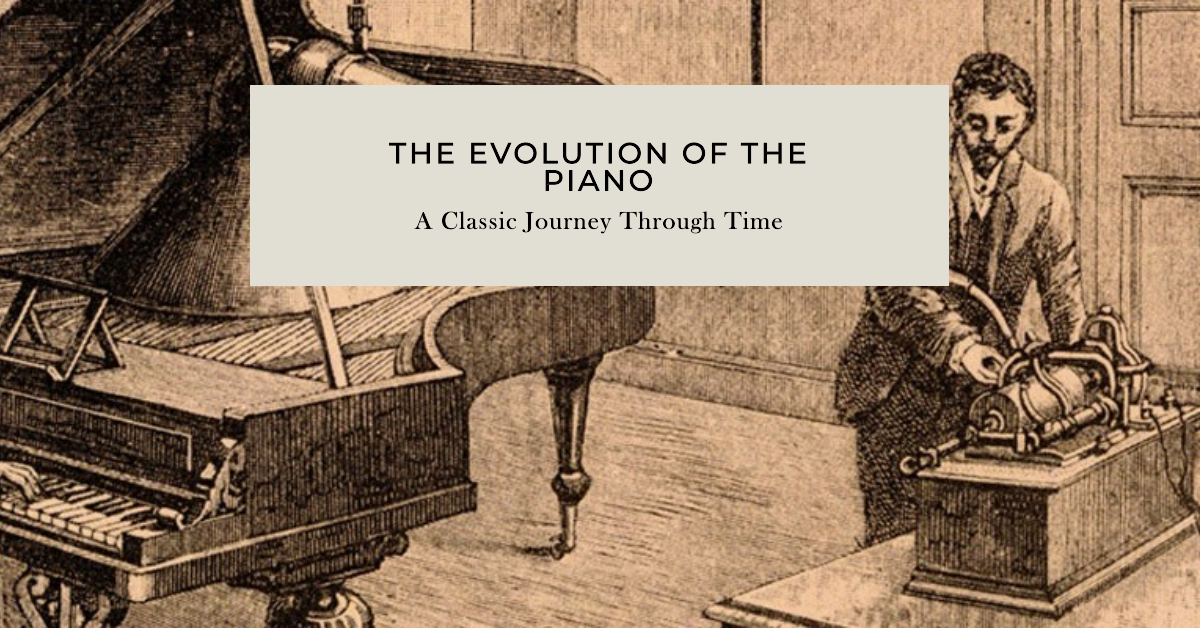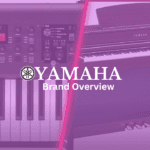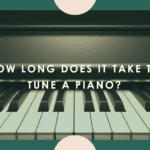The piano is one of the most iconic and influential musical instruments in history. For over 300 years, the piano has been a vital part of music-making around the world. This article provides a historical overview of the evolution of the piano from its origins as a simple stringed keyboard to the magnificent concert grand pianos of today.
The Earliest Keyboard Instruments
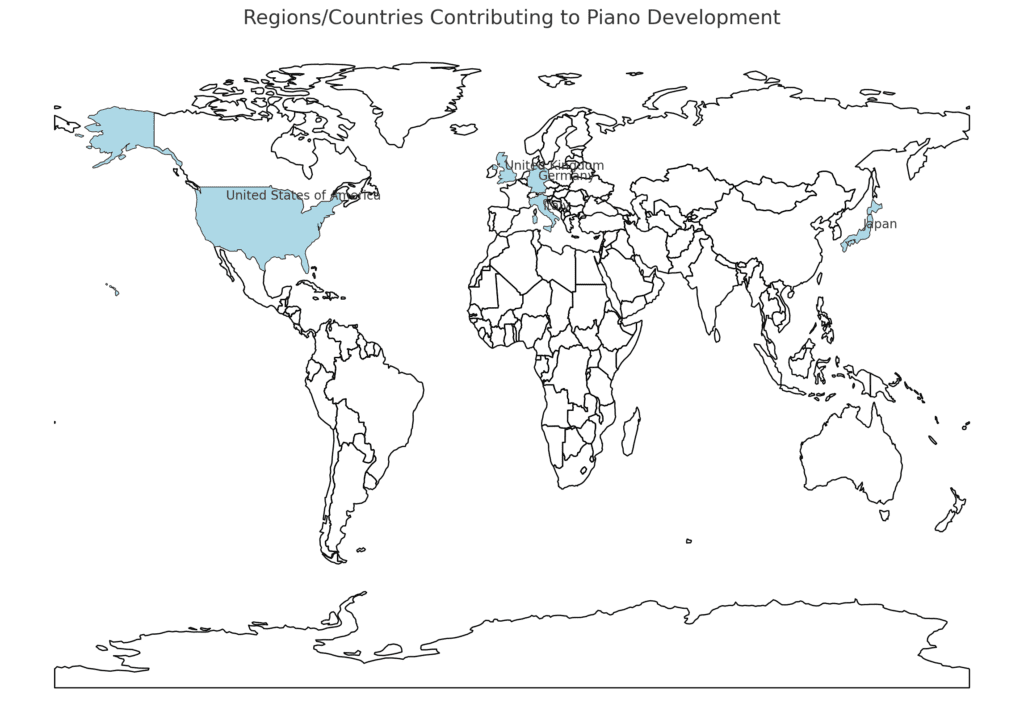
The origins of the piano can be traced back to the early keyboard instruments that emerged in the 14th century in Europe. These early instruments like the clavichord, harpsichord and virginals paved the way for the later emergence of the piano.
The Clavichord

The clavichord was the earliest stringed keyboard instrument developed in the early 1300s. It consisted of a small rectangular wooden box with brass wire strings, a keyboard and a single string for each key. Pressing a key would strike a tangent on the string producing sound through vibration.
The clavichord allowed for some control of dynamics through varying key pressure but overall produced a relatively quiet sound. While limited in its dynamic expression, the sensitive clavichord continued to be used by composers into the 18th century.
The Harpsichord
Developed in Italy in the late 14th century, the harpsichord improved on the clavichord design by incorporating a mechanical plucking mechanism. When a key was pressed, it would trigger a jack with a plectrum to pluck the string and generate sound.
Additional sets of strings at higher pitches allowed for different tone colors. While the harpsichord produced a brighter, richer sound, dynamics still could not be controlled beyond two levels. The instrument remained a fixture of the Baroque era but declined with the rise of the piano which offered greater expressiveness.
Virginals and Spinets
Virginals and spinets are types of small harpsichords popular during the Renaissance and Baroque periods. The virginals had a rectangular shape while spinets were triangular or wing-shaped. Both provided a lighter, portable alternative to harpsichords for homes and traveling musicians.
Highly popular in England, virginals were often played by young women as a genteel accomplishment. Though eclipsed by the piano, these delicate instruments contributed to an important evolution towards dynamic expressiveness.
The Piano is Born

By the early 18th century, the limitations of the harpsichord regarding dynamics and volume became increasingly apparent. This prompted innovations to create an instrument capable of subtle variations in volume in response to touch. Out of these experiments, an instrument that would come to be called the pianoforte was born.
Bartolomeo Cristofori and the First Pianoforte
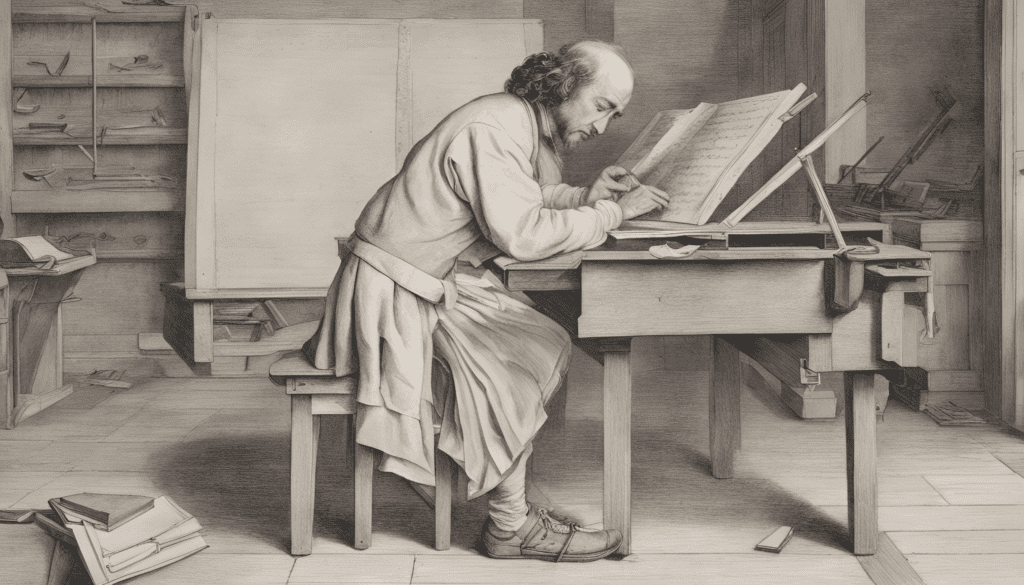
The piano was invented by Italian harpsichord maker Bartolomeo Cristofori around 1700. His new instrument incorporated hammers that struck the strings rather than plucking them. Through his ingenious mechanism, the hammers would fall away after striking allowing the strings to vibrate freely.
The speed of the hammers was controlled by the force applied by the pianist enabling dynamics and accenting notes. This crucial breakthrough made the piano the most expressive keyboard instrument at the time.
Silbermann, Stein and Other Innovators
In the years following Cristofori’s invention, piano builders in Germany and England continued refining and expanding the capabilities of the instrument. Gottfried Silbermann constructed early German pianofortes and showed them to Johann Sebastian Bach in 1726. While Bach endorsed a later improved model, he did not seem impressed initially. Other innovators like the German builder Johann Andreas Stein developed the piano’s range to almost five octaves and improved its sturdiness for more robust playing.
Growth of the Viennese School
In the late 18th century, a thriving piano-building industry grew in Vienna, Austria led by builders like Johann Söcher and Anton Walter. Their pianos were played and endorsed by famous composers like Joseph Haydn, Mozart and Beethoven who lived and worked there.
The expanded range and dynamics facilitated more emotive, dramatic musical expressions that became associated with the new Viennese school. Piano music and performance grew rapidly in popularity attracting famous virtuosos.
The Piano Conquers Europe
By the early 19th century, piano building flourished across Europe. Technical innovations from this era expanded the piano’s versatility and helped secure its status as the preeminent solo keyboard instrument.
Sebastian Erard and the Double Escapement Action
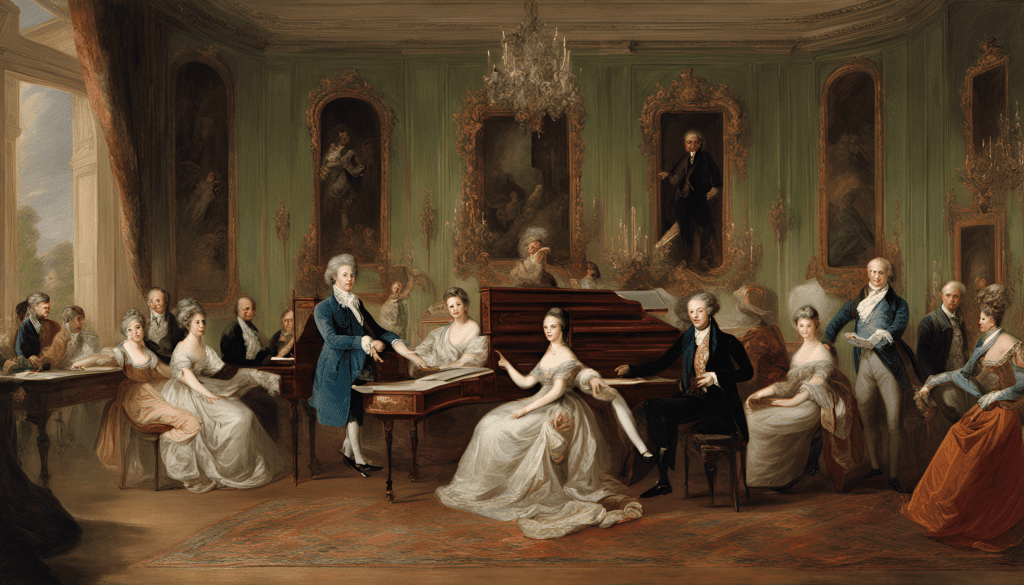
Sebastian Erard, a German piano builder who moved to France and later England, patented a double escapement action in 1821 that radically improved the piano’s capabilities. This double escapement mechanism allowed rapid note repetition and enabled the pianist to play loud, fast passages with clarity. The double escapement action became standard in grand pianos and enabled flashy virtuosic displays.
Advances in Iron Frames and Strings
In 1825, Alpheus Babcock patented the first one-piece iron frame for grand pianos. This sturdier metal frame supported the greater string tension needed for larger, more powerful instruments. Thicker bass strings made from wire wrapped in copper helped achieve a richer, deeper tone. By the 1830s, the modern iron frame and steel string piano was established.
Concert Grands and Uprights
Larger six to nine-foot long grand pianos were developed specifically for giving concerts in large halls. Expanded ranges stretching up to seven octaves or more required longer strings and bigger cases. But smaller upright pianos also became popular for homes and amateur players. Uprights took up less space and used ideas like cross-stringing to produce big sounds.
Technical Innovations of the Late 19th Century
After the rapid innovations of the early 1800s, piano design continued improving incrementally into the late 19th century. Major firms like Steinway & Sons made important refinements that contributed to the enduring popularity of the piano.
Theodore Steinway and Duplex Scaling
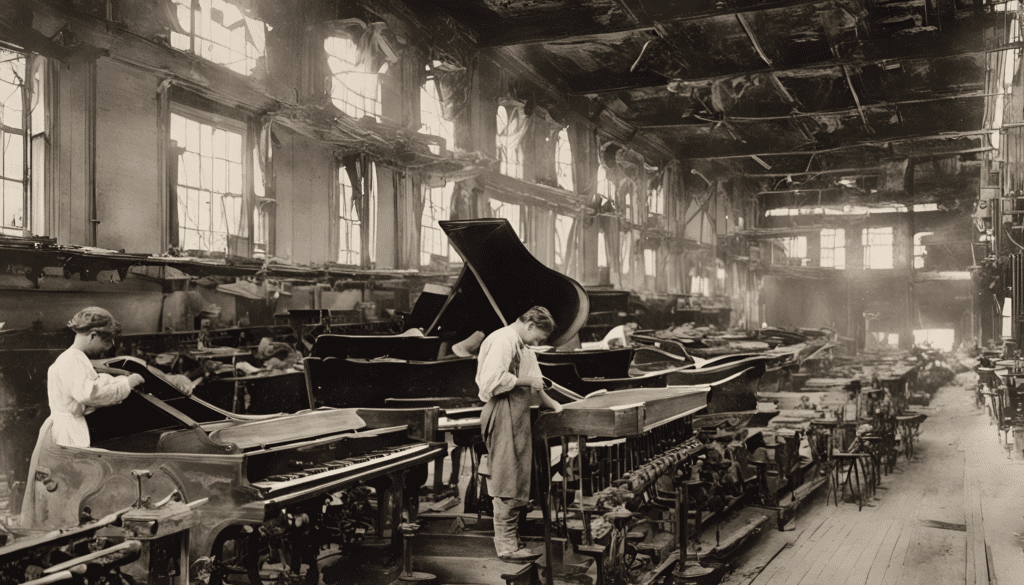
German immigrant Theodore Steinway founded Steinway & Sons in New York City in 1853. The firm quickly earned renown for its excellent grand and upright pianos used by leading performers. Steinway devised the duplex scaling system which allowed longer, thinner bass strings to vibrate sympathetically with higher strings creating a richer tone. The company also crafted intricate rosewood cases that became status symbols.
Cross-stringing and Improved Pedals
Cross-stringing, where bass strings crossed over other strings in an X pattern for a larger soundboard area had been used in squares and uprights for decades. But around 1875, Steinway created the first cross-strung grand which improved volume. Extra pedals were added, allowing pianists to control sounds with dampers and soft mutes. American firm Mason & Hamlin patented the sostenuto middle pedal in 1874.
Advancements in Felt Hammers and Stringing
Innovations in hammer felt and wire drawing allowed more layers of thick wire windings around bass strings. The dense, tightly wound bass strings coupled with improved hammers covered in thicker felt produced unprecedented sonority and power. These late 19th-century advancements shaped the majestic sonic profile associated with modern grand pianos.
The Modern Piano Era
The familiar form of the modern acoustic piano was largely established by the start of the 20th century. Major piano manufacturers focused their efforts on maximizing performance through meticulous craftsmanship and material selection while also making piano ownership more affordable to the growing middle class.
In the 20th century, the piano continued to evolve with the development of new materials and technologies. Electric and digital pianos, which use electronic amplification to produce sound, became popular in the mid-20th century. Today, the piano remains a ubiquitous and versatile instrument used in a wide variety of musical styles and settings.
morningsideschoolofmusic.co.uk
Perfecting the Grand Piano Design
Innovations in grand piano design gradually tapered off as the instrument reached its peak of mechanical development. Leading firms like Bechstein in Germany, Baldwin in America and Yamaha in Japan competed to build bigger, better-sounding concert grands. Each company showcased special strengths like precision parts in Bechstein, brilliant treble tones in Baldwin and impeccable craftsmanship in Yamaha. Their exquisite instruments attracted premier pianists and satisfied audiences worldwide.
Mass Production Methods and Player Pianos

The need for high-quality pianos that average families could afford led to the use of standardized parts, mechanized processes and assembly lines – notably pioneered by Henry Ford in automobile factories.
By 1910, over 350,000 pianos were being produced annually in America through mass production. Self-playing player pianos operated by pneumatic mechanisms allowed those who could not actually play the piano to enjoy piano music.
In 1923, there were nearly 350,000 pianos sold nationwide — the peak of piano sales in the United States.
familypiano.com
Electronic and Modern Innovations
The 1920s saw the emergence of electrically amplified pianos using pickups and built-in speakers to boost volume. By the 1970s digital pianos which replicated piano sounds via electronics appeared. In the 2000s, “hybrid” pianos with acoustic and digital features like MIDI connectivity or silent practice modes were introduced. While embracing technology, most concert pianists continue to prefer the unmatched expression and majesty of acoustic grand pianos.
Famous Piano Composers and Compositions
The evolution of the piano enabled phenomenal artistic growth as composers could finally fully realize their musical visions. The piano facilitated rich harmonies, subtle dynamics, rapidly flowing melodies and thundering climaxes. Audiences marveled at the emotional sway and virtuosity of the piano in the hands of inspired composers.
Baroque and Classical Era Masterpieces
Composers of the Baroque and Classical period wrote foundational works for the emerging pianoforte taking advantage of its dynamic capabilities compared to the harpsichord. Scarlatti’s Essercizi and Sonatas, Bach’s Well-Tempered Clavier, Haydn’s Piano Sonatas and Mozart’s Piano Concertos displayed the piano’s possibilities. Beethoven’s emotionally charged Moonlight Sonata and clever bagatelles exploited the piano’s expanding range.
Romantic Virtuosos and Showpieces
During the Romantic era, musicians became international stars. Pianists like Liszt and Chopin mesmerized audiences with recitals while composers pushed the boundaries of piano technique and expression. Recordings preserve legendary pianists like Rachmaninoff interpreting later Romantic works like his daunting Piano Concerto No. 3 and peers performing his devilishly difficult Preludes.
20th Century Innovation and Experimentation
20th-century composers continued expanding piano repertoire and technique. Impressionistic works by Debussy and Ravel featured new shimmering textures and harmonies. Jazz-influenced Gershwin mixed classical and popular influences. Others like Schoenberg pioneered atonal music while Bartók drew on folk themes. Avant-garde works like Henry Cowell’s The Banshee with sweeping glissandos reflected modern times.
Timeless Appeal
Today acoustic pianos face competition from digital pianos and keyboards offering portability and a host of sounds. Yet the acoustic piano remains enduringly popular for its subtleties of expression, connection to tradition and magnificent concert grand sound.
The evolution of the piano over three centuries has made it one of the most versatile and treasured instruments. After surviving many musical fads and technologies, the acoustic piano seems poised to continue captivating audiences for generations to come through its timeless elegance and emotional power.

